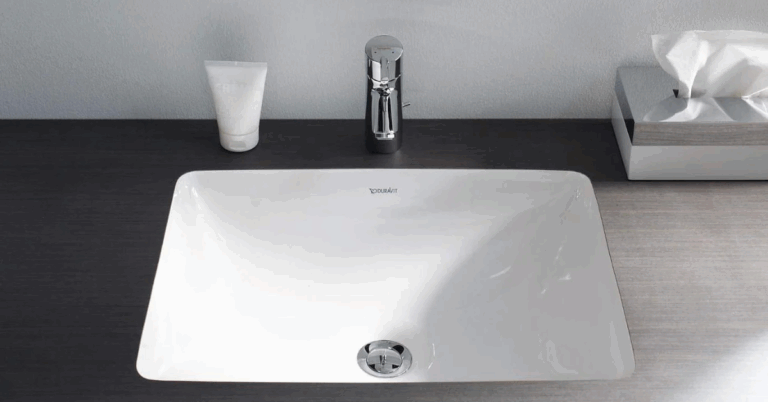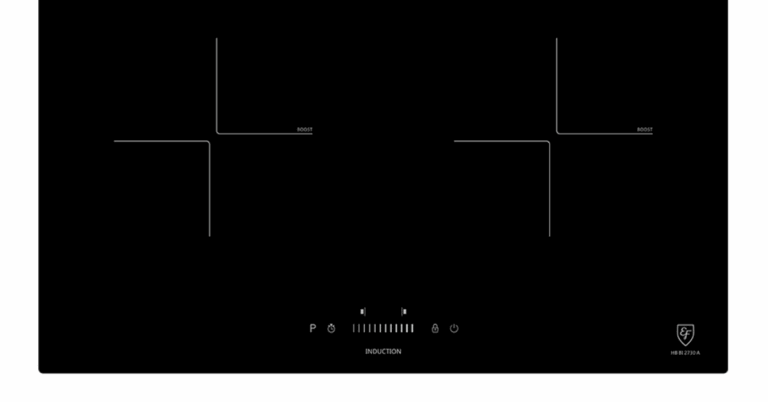The Ultimate Guide to Choosing the Right Toilet Bowl for Your Bathroom
When it comes to designing or renovating a bathroom, one essential fixture often overlooked in terms of design and performance is the toilet bowl. While it may seem like a simple component of the bathroom, choosing the right Toilet Bowl can significantly impact comfort, hygiene, water efficiency, and even the aesthetics of the space. Whether you’re outfitting a new home or upgrading your existing bathroom, understanding the different types, features, and benefits of modern toilet bowls is key to making an informed decision.
Understanding the Basics
A toilet bowl is the main component of a toilet system where waste is collected before being flushed into the plumbing system. While its function is straightforward, modern toilet bowls have evolved significantly in terms of design, technology, and material. From traditional two-piece models to sleek, wall-mounted styles, homeowners now have a wide range of options to choose from depending on their preferences and needs.
Types of Toilet Bowls
To make the right choice, it’s important to understand the various types of toilet bowls available:
-
One-Piece Toilet Bowls
These integrate the tank and bowl into a single, seamless unit. They are easy to clean and offer a modern, streamlined appearance. Because there are fewer crevices, one-piece toilets tend to be more hygienic and less prone to leaks. -
Two-Piece Toilet Bowls
This is the most common type found in homes. The tank and bowl are separate pieces that are bolted together during installation. They are usually more affordable and easier to repair since individual components can be replaced. -
Wall-Hung Toilet Bowls
These toilet bowls are mounted to the wall and have a concealed tank, making them ideal for small bathrooms or those seeking a minimalist design. The floor underneath remains clear, making cleaning easier and giving the illusion of more space. -
Smart Toilet Bowls
Equipped with advanced features like automatic flushing, heated seats, and bidet functions, smart toilets offer a high level of comfort and hygiene. While more expensive, they are a luxury investment that adds modern convenience.
Key Considerations Before Buying
When choosing a toilet bowl, there are several factors you should consider:
-
Size and Shape: Round toilet bowls are generally more compact and suitable for smaller bathrooms, while elongated bowls provide more comfort and are better for larger spaces.
-
Height: Standard height toilet bowls are about 15 inches from floor to seat, while comfort height models are around 17 to 19 inches. Taller users and those with mobility issues may benefit from comfort height toilets.
-
Flush System: Modern flushing systems are designed for efficiency and power. Dual-flush toilets let you choose between a full or partial flush, helping save water.
-
Material: Most toilet bowls are made from vitreous china (a type of ceramic) due to its durability, resistance to stains, and ease of cleaning.
-
Installation Requirements: Always check the rough-in measurement (distance from the wall to the center of the drainpipe) before purchasing a toilet bowl. Common rough-in sizes are 10, 12, or 14 inches.
Water Efficiency and Environmental Impact
Toilet bowls account for nearly 30% of household water usage, making them one of the highest consumers of water in the home. Modern toilets, however, are designed to be far more efficient. Look for models certified by water-saving standards such as WaterSense or equivalent. These models use less water per flush while maintaining flushing performance, reducing both your water bill and your environmental footprint.
Design and Aesthetics
A toilet bowl doesn’t have to be purely functional. Today’s designs are sleek, minimalist, and can serve as stylish centerpieces in modern bathrooms. With color options ranging from classic white to matte black and even pastels, you can find a toilet bowl that complements your bathroom’s theme. Additionally, concealed or skirted trapways make for a clean, seamless look and make cleaning easier.
Hygiene and Cleaning
Innovations in toilet bowl design have also improved hygiene. Features such as rimless designs, anti-bacterial coatings, and powerful cyclonic flushing systems help reduce germs and make cleaning more effective. Some premium toilet bowls even include UV light sterilization and automatic deodorizing functions.
Installation and Maintenance
While some homeowners may choose to install a toilet bowl themselves, it’s usually best to have it done by a professional plumber to ensure proper fitting and sealing. Once installed, maintenance is typically straightforward. Regular cleaning with non-abrasive toilet cleaners and checking the flushing components for wear and tear can keep your toilet bowl functioning optimally for years.
The Cost Factor
Toilet bowls come in a wide price range, starting from budget-friendly models under $200 to high-end smart toilets that can cost over $1,000. While price is certainly a factor, consider it a long-term investment. Cheaper models might save money upfront but could require more maintenance or replacement down the line. In contrast, a quality toilet bowl will offer years of reliable performance, better water efficiency, and higher user comfort.
Choosing the Right Supplier
Once you’ve decided on the type, features, and design of your ideal toilet bowl, the next step is choosing a reliable supplier. A trusted provider offers quality assurance, warranty coverage, and professional support. Many reputable suppliers offer a wide variety of toilet bowl models that cater to different styles, budgets, and installation needs.
Although buying a toilet bowl may not seem like the most exciting purchase, it’s one of the most used fixtures in any household. Investing the time to select the right model can elevate your bathroom experience significantly.
Final Thoughts
The modern toilet bowl is no longer just a basic bathroom necessity—it’s a fusion of design, comfort, technology, and sustainability. With so many options available, selecting the right one may feel overwhelming at first. However, by considering key factors such as size, design, flushing power, water efficiency, and ease of cleaning, you’ll be well-equipped to make a wise choice.
As homeowners continue to prioritize both style and sustainability, the demand for better, smarter toilet bowls is on the rise. Whether you’re renovating an old bathroom or setting up a new one, make sure your toilet bowl choice reflects both your practical needs and aesthetic preferences.
Ultimately, a good toilet bowl is one that offers comfort, functions reliably, and fits seamlessly into your bathroom space. Choose wisely, and you’ll enjoy the benefits every single day.






